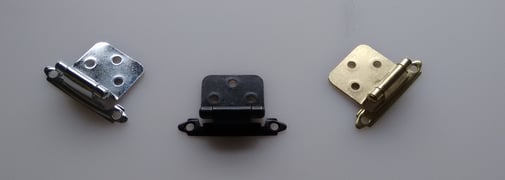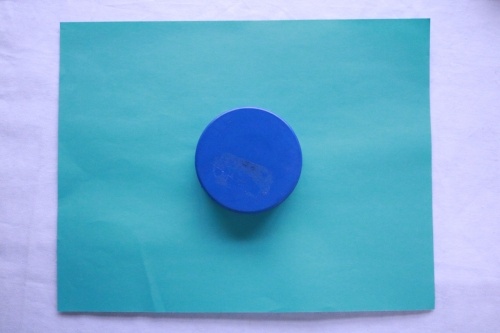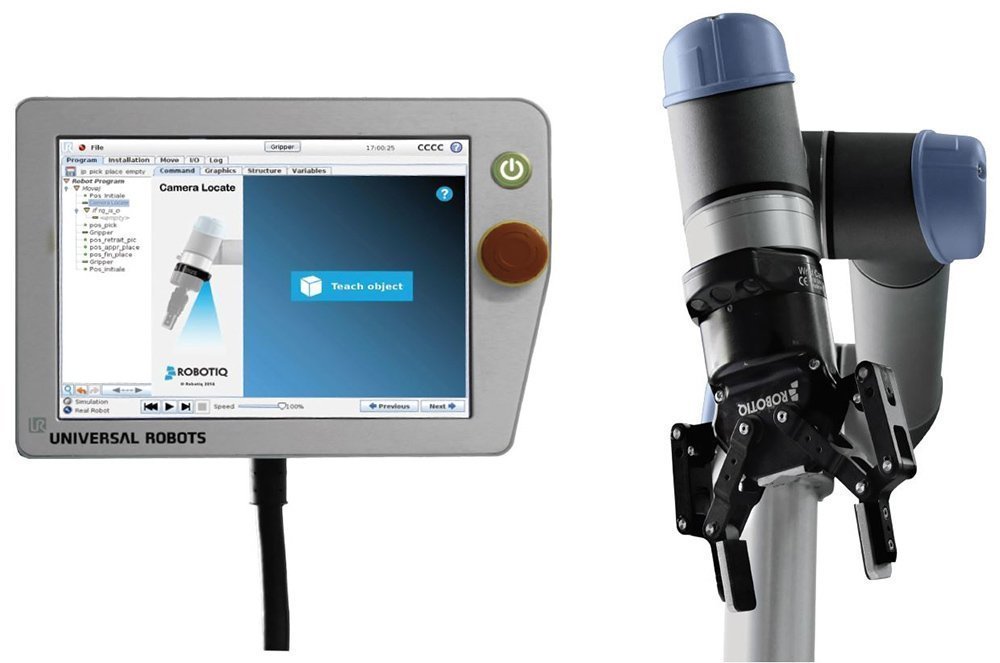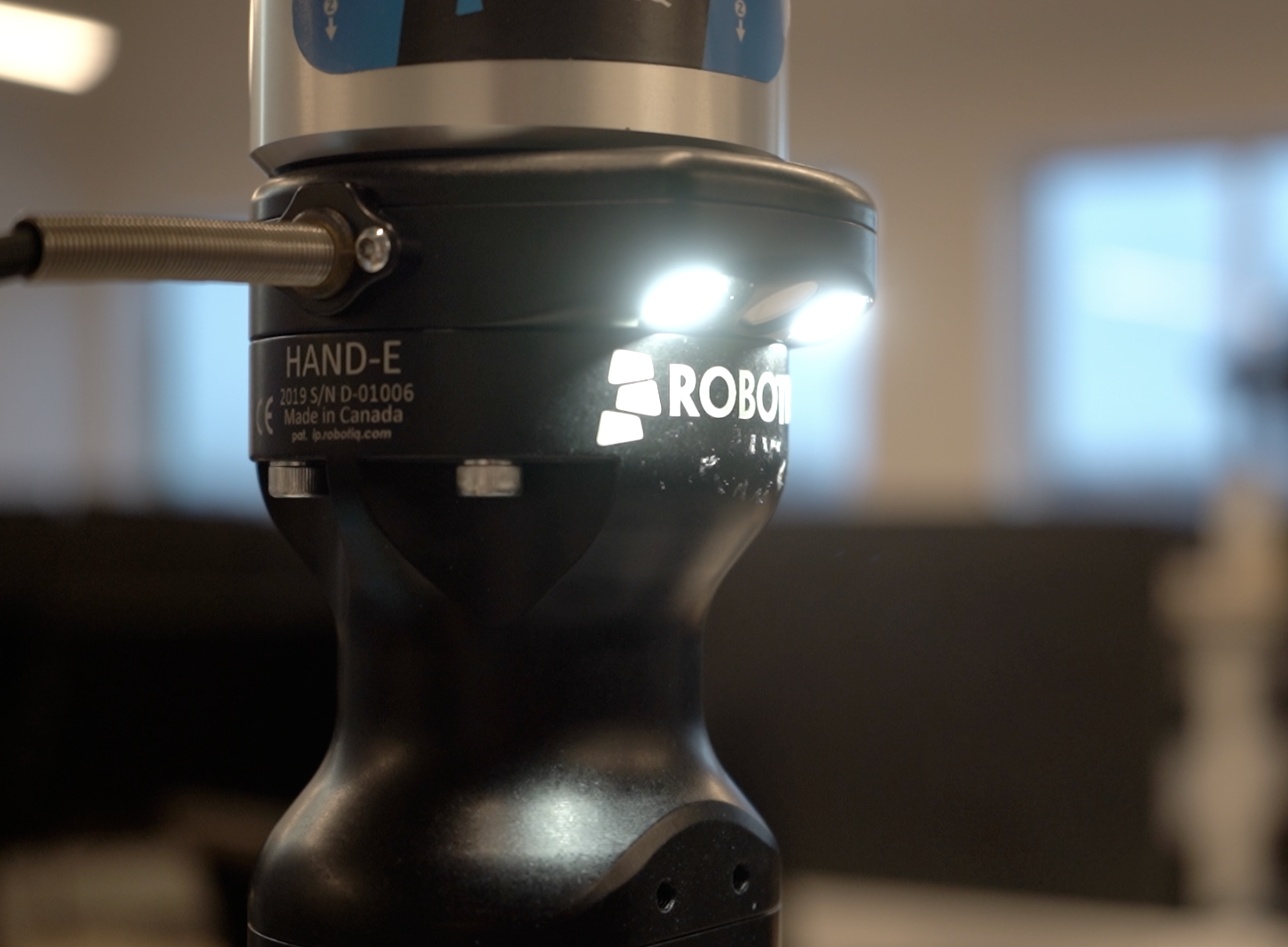What Can You Do with a Vision System?

Posted on Oct 19, 2016 7:00 AM. 2 min read time
Adding a sense of vision to your robot can open up a world of possibilities. Not so long ago, most robots were blind. Think of everything you actually do with your eyes, and you start seeing the endless possibilities.
There are many applications out there so the upfront evaluation of your project is critical to making sure you select the right technology for the job. In fact, there are three different aspects of a vision system that will determine if it’s an easy or a complex system.
Capturing the Image
The first one involves capturing the image. This principle is quite simple; you want to enhance the features you want to see and dampen everything else. Doing this can be an art form. It all depends on your application and setup. Working with highly reflective metallic parts, for example, can be quite challenging. Take a look at this vision challenge using shiny objects where automation Pros shared there way around it. You will need to focus on techniques used in photography to achieve a satisfactory result.

Analysis of Images
The second aspect concerns the analysis of the images. If the capturing of the image has been done correctly, you should have a sharp contrast between the background and the object. For example, a black rectangle part lying on a white backlit surface. If this is the case, then you will be able to use simple image analysis tools to recognize the shape of the object. If, on the other hand, you need to find a target in a 3D space where you have many objects in the camera’s field of view; then your application will be much more complicated. So, in summary, sharp contrasts and easy to recognize shapes will end up giving you easy image analysis.

What You Want to Do with the Vision Data?
The third aspect of a vision process to consider, and which will also be related to its complexity, is what you want to do with the vision data. That is, once you have found the part and you have its coordinates, what do you want to do with this information? Simple vision projects may only establish a pass/fail status determining if the part has been found or not. There are many tools out there that will allow you to easily set up this kind of application. However, if you need to send the data to the robot, so that the robot can pick up the part, this is a totally different story.
Learn more on how to integrate vision systems for collaborative robots by downloading our brand new eBook. You will acquire basic knowledge of machine vision to help you figure out exactly what a simple vision application is. It might also be useful to understand the differences between this type of application and a more complex one. So, if you are just starting with vision, or if you think adding vision to your system might solve one of your pet peeves, this eBook will be a great place to start.








Leave a comment